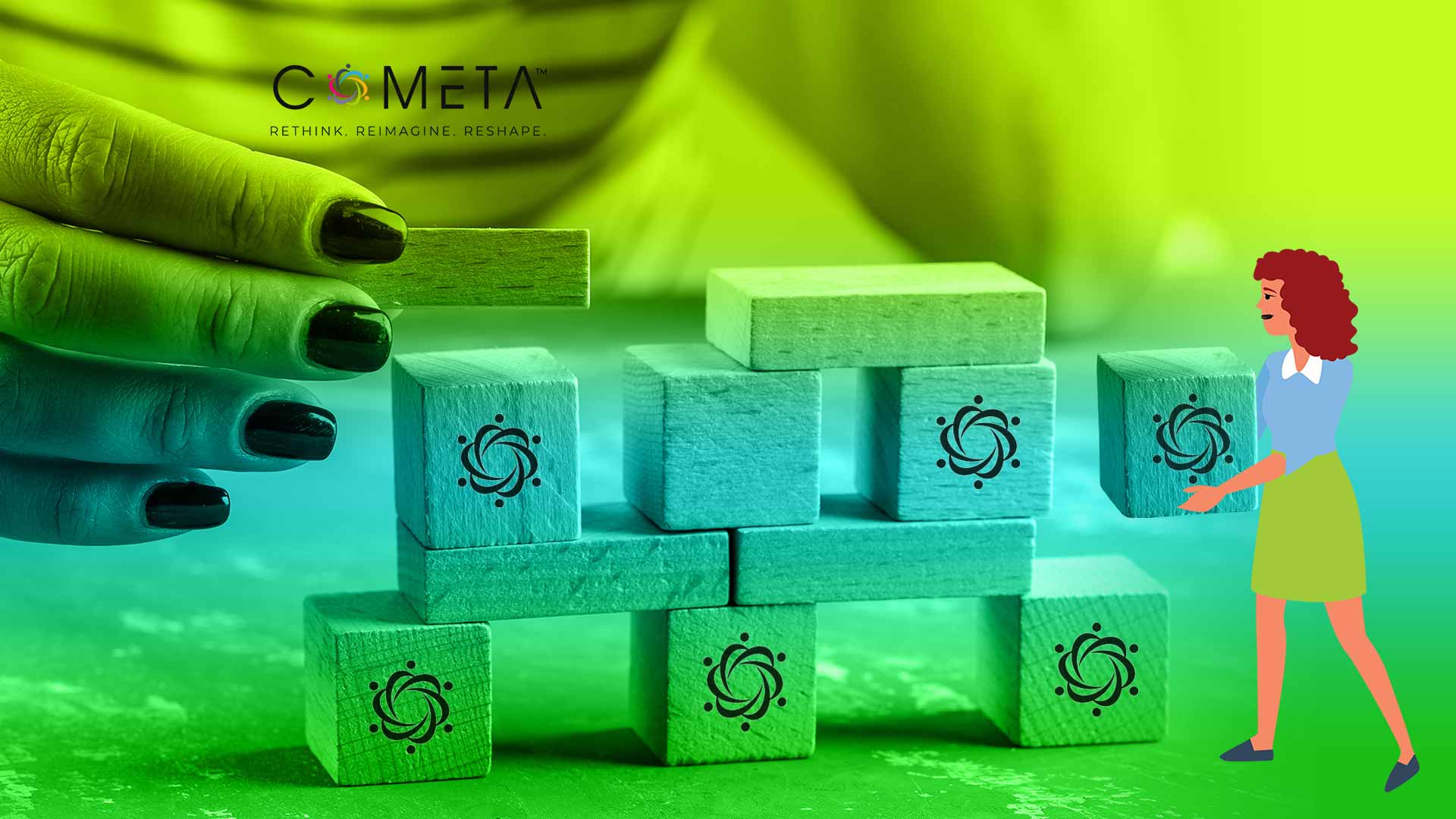High-level facilitation occurs when an external consulting firm designs and applies a methodology for facilitating dialogues or strategic discussions for organizations or networks of civil society organizations.
Anna Langheinrich, senior consulting at Colectivo Meta
High-level facilitation is crucial for guiding political and strategic conversations that require decision-making in complex and adverse circumstances. For instance, when we must reach work agreements, resolve conflicts, define a collective political position about a particular topic, or reach conclusions.
How does high-level facilitation support civil society organizations?
These processes are usually different from other types of facilitation, such as the strategic reflection processes and workshops. High-level meetings focus on:
- Making strategic decisions in challenging situations or seizing opportunities to increase our impact.
- Solving disagreements or reaching agreements about specific topics.
- Promoting the exchange of experiences, collaboration, and mutual learning between organizations.
In high-level facilitation, the participants’ profiles, such as the leadership of organizations, networks, donors, or philanthropic consortiums, stand out from other types of facilitation. These spaces require the design of common strategies or responses to complex problems organizations face. They are characterized by the need to advance collective decisions.
When we engage in a high-level facilitation process, the facilitator is responsible for guiding our conversation toward the intended goals, ensuring that all participants can safely contribute, and keeping the conversation focused and productive in the following ways:
a) Managing levels of participation in the high-level facilitation process
One of the biggest challenges is ensuring that all participants can contribute despite the different personalities. While active participants can help move the discussion forward, they can also limit the participation of those who are more introverted or need more time to process information.
Those guiding us through a high-level facilitation process must be able to:
- Establish a safe space: we define agreements at the beginning and encourage participants to self-regulate during the meeting. For example, we ask those who have spoken a lot to give space to the more reserved participants.
- Highlight the group’s interdependence: Remind us that the success of the process depends on collective input and that everyone’s ideas are valuable.
- Offer encouragement: Directly announce the participation of those who have not yet spoken, encouraging everyone to share their perspectives.
- Use different participation formats: Include different methods, such as small groups or activities where we can write down our opinions if we do not want to share them in plenary.
- Keep the focus on the ultimate goal of the meeting: If a disagreement arises, encourage participants to discuss the concern openly to allow everyone to feel heard, which reduces tensions and facilitates the group to move forward with greater clarity without unnecessarily deviating from the established goals.
b) Managing conflicts during the process
Conflicts are inevitable in high-level facilitation processes, mainly when sensitive issues are discussed. However, the facilitator’s role is not to resolve or mediate conflict but to help manage it. A well-managed conflict can be an opportunity for collective growth.
When a disagreement arises between organizations participating in a high-level facilitation process, the first step is to make the tension visible and create the appropriate space to address it.
It is essential to use the right tools to manage conflict. This includes:
- fostering empathy;
- reframing the participants’ perspectives and;
- finding common ground.
Turning a conflict into a learning opportunity helps us generate new ideas and strengthen the bonds between members.
c) Promote participation in the group and move the energy of the meeting
Sometimes the energy in high-level facilitation wanes, or we may begin to resist active participation as a group. To address this, the facilitator could apply some strategies such as:
- Icebreaker activities: quick dynamics to relax the atmosphere.
- Changing dynamics: alternate between group discussions and interactive activities.
- Breaks: If lack of energy persists, take breaks for participants to recharge.
High-level facilitation is complex and dynamic, like walking along a path of unexpected turns. Although we have a clear plan for this exercise, there is always room for the unexpected.
At COMETA, we know how to balance planning with the flexibility needed to meet these challenges. If you require support for collective decision-making in your organization, collective, or alliance, do not hesitate to contact us.





